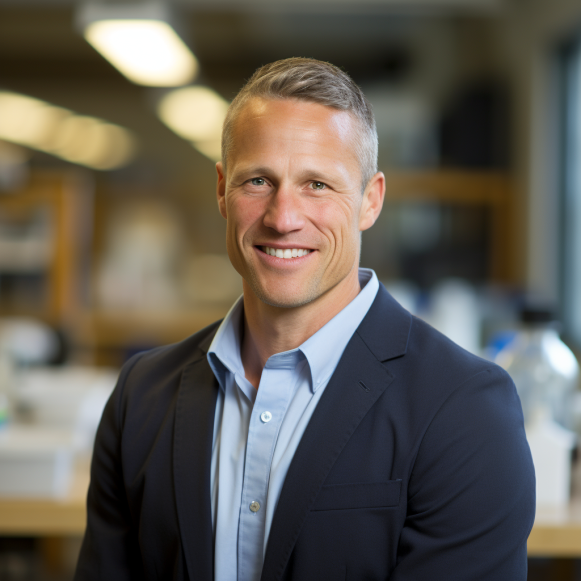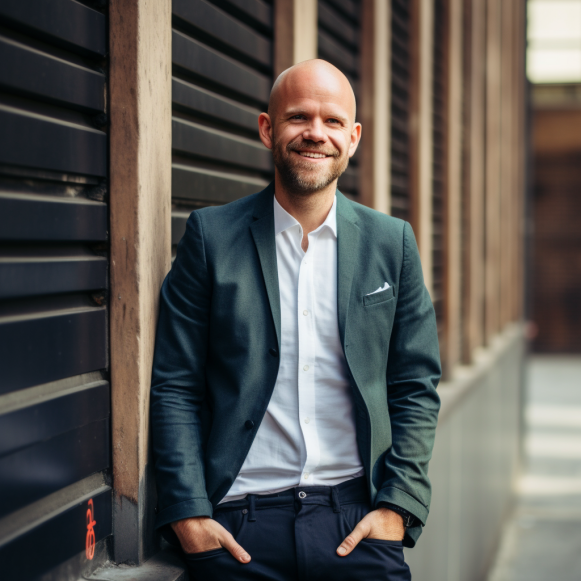Is it ‘science fiction’? No: Researchers want immune cells to find cancer and report back

Our immune cells are constantly circulating throughout our bodies, killing cancer cells before they become dangerous.
Now, a consortium led by Facebook founder Mark Zuckerberg and his wife, Priscilla Chan, is focusing on programming those cells to more effectively prevent disease.
It will be the third BioHub in the country, following San Francisco and Chicago, and will combine the scientific resources of Yale, Columbia, and Rockefeller universities, with funding provided by the Chan Zuckerberg Initiative.
“It sounds a little science fiction at first, but it’s also very grounded in solid science,” said John Tsang, Yale’s project lead and director of the Yale Center for Systems and Engineering Immunology.
“Immune cells are unique in that they go around your body, they are circulating, they go into tissues, they can detect issues in your tissues, for example, without us knowing,” he said.
He stated that this includes cancer cells.
“Typically we believe that our immune system is taking care of those for us already so they typically don’t grow out,” he went on to say. “However, the process of how that works is not well understood.” We know that immune cells are doing some of that, as well as going around and sensing other things.”
The challenge for the scientists at the BioHub, which will eventually become a physical location in Manhattan, is figuring out how to use immune cells “as a programming device,” according to Tsang.
Andrea Califano, chairman of Columbia’s Systems Biology Department and director of the New York BioHub, referred to the engineered immune cell as a “cellular endoscope.”
“It will actually be not invasive at all,” he told reporters. “It will be one of your own cells that has been changed a little bit to go to a particular organ and to detect whether there’s, for instance, a tumor that would be very easy to treat, if it were detected early but will be actually be very difficult or even impossible to treat if it’s caught later.”
Pancreatic cancer and glioblastoma are two examples of diseases that “are at the top of the list of what kills humans.”
The idea is to “program the cells in a way that (they) can now go into your liver go in through a gut, and then they can be sensors of those issues and report back to us on what’s going on, and also potentially the cells can actually do something in those tissues as well … specifically to our liking,” he said.
“We basically get tumors a million times a day,” Califano said. “The immune system simply eliminates them before they become harmful, but how do they eliminate them?” Because when cancers have mutations, those mutations do not recognize the cancer cell as a cell that belongs to your body, and the tumor detects this and kills the cancer cell.”
However, cancer cells recruit nearby immune cells, preventing other immune cells from attacking the tumor. “As a result, the tumor is very good at emitting signals that will recruit cells or reprogram cells that are now becoming immunosuppressive,” he said. “They no longer allow the immune system to think the cancer is a bad thing, basically hiding behind a cape of invisibility.”
The BioHub team’s job is to train immune cells to recognize the protective cells’ signals.
Because some immune cells prefer to enter certain organs over others, Tsang wants to decode what he calls “cell trafficking.”
“And then once we understand that, then we can use that knowledge to engineer the cells,” he went on to say. “For example, let them express certain types of genes that will then go into specific locations.”
Immune cells could also be used to insert DNA into specific locations in the genome, thanks to CRISPR technology, which edits genes and guides immune cells to specific locations.
“And they can then sense the kind of events we want them to sense,” Tsang went on to say. “They could be sensing for example, specific signals in the early tumor, and then that signal gets into the cell, which would then guide the cell to do other things.”
“How do you write information within the cells like it’s writing to a tape?” he asked of the third technology, writing.
Tsang believes the team is a long way from being able to have immune cells perform these tasks. There are challenges to be met in both basic science and engineering.
Chan Zuckerberg has pledged $250 million to the project over a 10-year period.
“I think it’s scientifically very exciting; it’s challenging,” he said. “But of course, you need to get the right teams and getting all the people together and I think that’s part of the excitement but it’s also part of the challenge.”
Tsang is also looking forward to meeting colleagues from Columbia and Rockefeller. “I think a new spark would come out even beyond what you envision in terms of these specific goals,” he went on to say.
“You get a bunch of people together and with this being the glue and the catalyst for getting the folks together, I think we’re going to advance both on the front that we can see now but also there will be unexpected new things I think that would come up,” he went on to say.
“The collaborative nature of this effort is really remarkable because this is something that, when I was originally exposed to the idea I thought it was science fiction, and there was no way we’re going to be able to do it,” Califano said in a statement.
“And then, as we began to walk around the three institutions, we noticed that all of the individual pieces were present.” And so this is something that no institution can do in isolation, and I believe that is what makes it truly remarkable,” he said.






